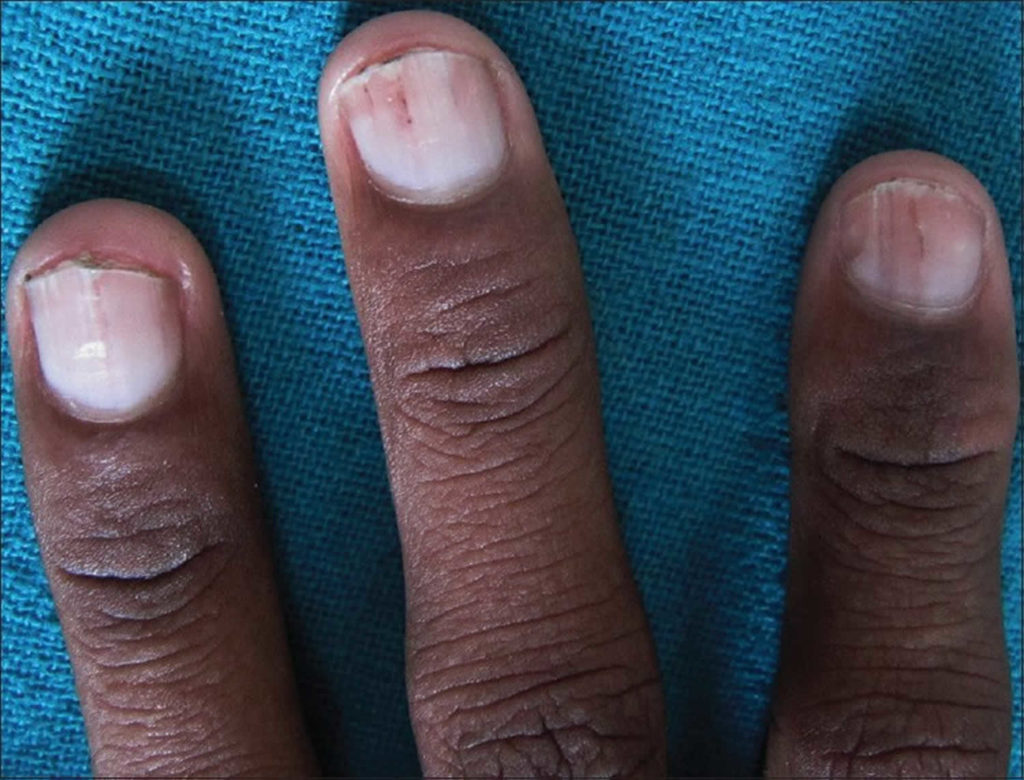A splinter hemorrhage is, quite simply, bleeding under the nail. They happen when blood leaks up from under the nails. Stubbing a toe or injuring a finger can damage blood vessels along the nail bed.
Animal Acrylic Nails Red Cheetah Print
Can You Put Builder Gel Over Acrylic Nails Polish How To! Tube
Nail Kit Acrylic Powder Morovan Complete Set Monomer Liquid
Update 110+ splinter hemorrhages after gel nails best ceg.edu.vn
The condition begins in the blood vessels of the nail bed, along the ridges, and is.
By nls staff | may 19, 2011 |.
Splinter haemorrhages appear like wood splinters under the nail and around the nail edges. The hemorrhages may be caused by tiny clots that damage the small capillaries under. Splinter hemorrhages arise from the longitudinally aligned capillaries of the nail bed and are usually the result of trauma (fig. Splinter hemorrhages are reddish or brownish lines that appear under the nails.
They happen when a blood vessel under the nail breaks. However, splinter hemorrhages can also be caused by. They are named splinter hemorrhages because they look like a splinter under the fingernail. They are named splinter hemorrhages because they look like a splinter under the fingernail.

The most common cause of a splinter haemorrhage is trauma, including the application of an acrylic nail [3].
A splinter hemorrhage is a type of fingernail abnormality. They appear due to the presence of inflamed blood vessels. Splinter hemorrhages are often caused by minor nail trauma, such as biting the nails or stubbing a toe. In some cases, they can.
Splinter hemorrhages cause long, red streaks down the fingernails. The use of certain nail products, like acrylic or gel nails, can also lead to trauma and, therefore, splinter hemorrhage. Splinter hemorrhages are commonly seen in conditions such as nail psoriasis and lichen planus. Splinter hemorrhages are small linear hemorrhages under the fingernails.

They can result from trauma or from.
Splinter hemorrhages (shs) of the nails represent a frequent although not specific clinical finding that has been associated with conditions of varying. The most common cause is trauma or injury, which also includes acrylic nail application. Splinter hemorrhages occur in various conditions; The streaks on the nails are longitudinal.
Splinter hemorrhages may indicate a serious health concern requiring medical attention. Another potential cause of splinter. Splinter hemorrhages can develop after an injury or trauma to a fingernail or toenail. When a finger or toe is stabbed, blood vessels near the nail bed on the injured digit are damaged, which results in bleeding under the nail.

Nail psoriasis is an autoimmune disorder that causes skin cells to collect on.
It looks similar to a splinter below the nail and it is red in color. The longitudinal nature of splinter haemorrhages is explained by the. Splinter hemorrhages can show up under your fingernails as short, dark streaks that point in the same direction as your nail's growth.






